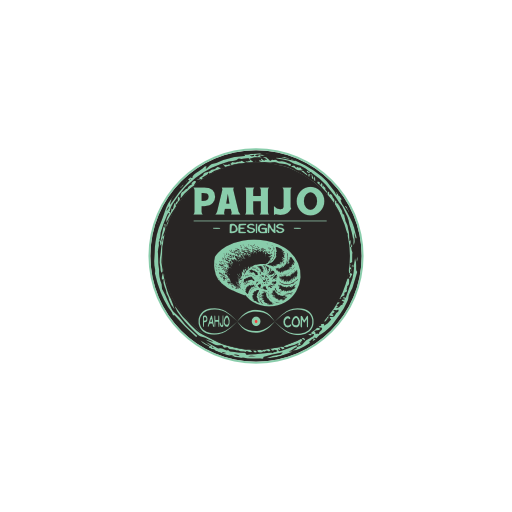This comprehensive epoxy resin guide aims to demystify the world of epoxy resins by exploring the two main types: casting resin and coating resin.
Learn about the chemical reactions involved, the key differences between the type of resin, and the most popular applications.
Also, you will learn how to choose the right epoxy resin for your project.
Epoxy resins have become increasingly popular among artists, DIY enthusiasts, and industrial manufacturers due to the versatility and durability.
From creating epoxy river tables and resin art pieces to providing a protective coating for table tops, epoxy resins serve a wide range of projects.
With many types of epoxy resin available on the market today, it can be challenging to choose the best option.
So, lets start with the best performing casting resin and coating resin on the market today.

Best Casting Resin and Coating Resin
After many years of experimenting with different types of epoxy resins from various manufacturers, these are the two I use most often.
My favorite casting is Liquid Glass 2.0.
As the name implies, deep pour epoxy allows epoxy pours up to 4 inches.
The characteristics or deep pour epoxy are:
- 2:1 mixing ratio
- Cures slowly (24 to 72 hours)
- Allows for more working time
- Produces Less Heat
- Low Viscosity (Thinner)
Additionally, the low viscosity of deep pour epoxy absorbs into wood fibers.
As a result, it creates a strong bond making it the best choice for resin and wood projects.

The best performing coating resin is TotalBoat table top epoxy.
As you will learn, coating resin works well as a high gloss finish over epoxy and wood surfaces, on resin art projects, and more.
Furthermore, coating resin has the following characteristics
- Great for small projects and smaller pieces such as resin jewelry
- 1:1 mixing ratio
- Cures quickly (12 to 24 hours)
- May require multiple seal coats. More on this later.
- High gloss finish
Chemical Reaction in Epoxy Resins
At its most basic level, an epoxy resin is formed through a chemical reaction between two primary components: a resin and a hardener.
When these two substances are mixed, the resulting reaction and chemical resistance creates a strong, rigid, and durable polymer.
This process is known as curing.
Curing involves a series of reactions that transform the liquid resin mixture into a solid state.
The curing process varies depending on the type of epoxy resin used, as well as factors such as temperature, humidity, and the specific formulation of the resin and hardener.
Additionally, the curing process can produce a significant amount of heat, which can affect the final properties of the cured epoxy.
Understanding the specific curing process and heat generation of a particular epoxy resin is crucial, as it can significantly impact the success and safety of your project.
Types of Epoxy Resins: Casting Resin and Coating Resin
Although there are 4 common types of epoxy resin, they fall within 2 categories.
The 2 primary epoxy resin systems include casting resin and coating resin.
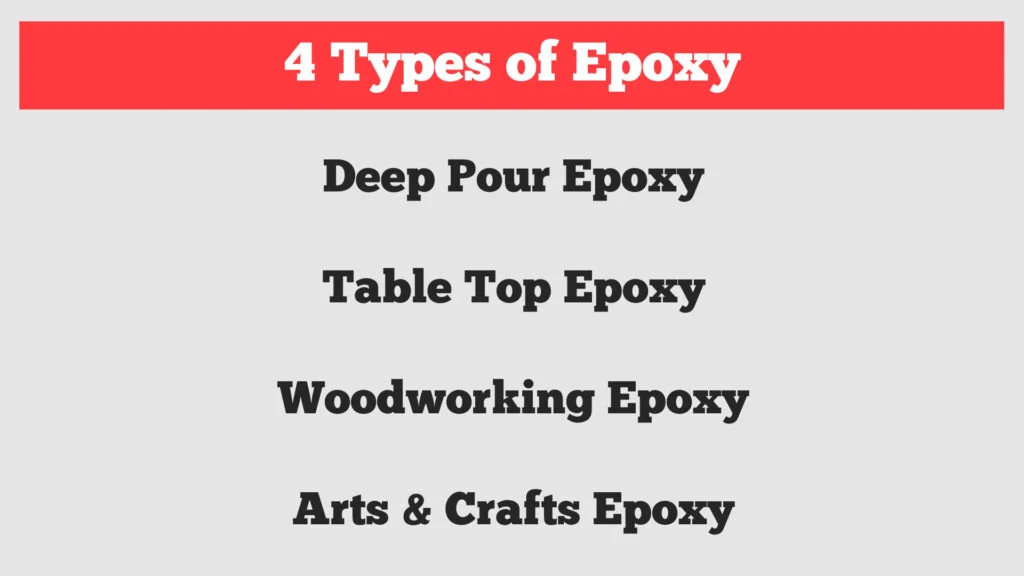
Each of these different types of resin has its unique properties and different uses, making it essential to understand the differences and choose the appropriate option for your project.
What is Casting Resin?
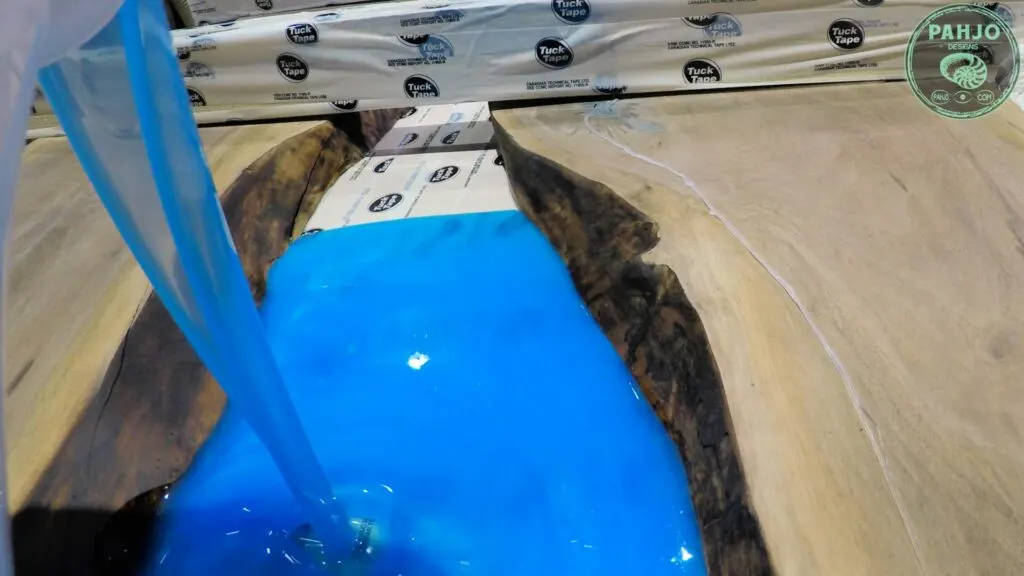
Casting resin is a two-part liquid, when mixed together, hardens into a solid plastic.
Common uses include making jewelry, figurines, and other small objects.
Casting resin is typically clear, used for deeper pours, takes a long time to cure, and can be colored with dyes or pigments.
Furthermore, casting resin has a low viscosity, which means that it is thin, flows easily, and takes a long time to cure.
The intended application for casting resin varies.
Normally, anything requiring thick layers uses casting resin.
It is ideal for filling molds and creating intricate details.
Casting resin is also self-leveling, which means that it will spread out evenly and create a smooth surface.
What is Coating Resin?

Coating resin, on the other hand, is a two-part liquid that is used to create a clear, glossy finish on a surface.
It is commonly used for coating tables, countertops, and other surfaces.
Coating resin is typically thicker than casting resin, and it is self-leveling, which means that it will spread out evenly and create a smooth surface.
Coating UV resin is also resistant to UV light, which means it takes longer to fade.
It is also resistant to scratches and other forms of damage, making it one of the better choices ideal for high-traffic areas.
Keep in mind, it is never a good idea to place resin in direct sunlight.
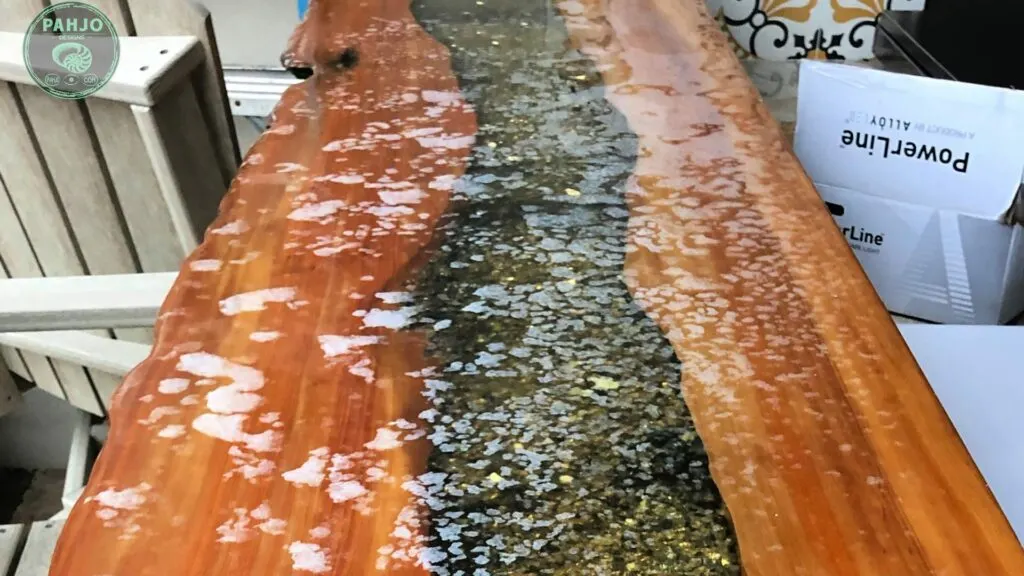
Key difference between casting and coating resins
The main differences between casting resin and coating resin is their mixing ratio, viscosity, curing time, and heat generation.
Mixing Ratio and Viscosity
As mentioned, epoxy resin requires mixing of part A and part B in a mixing container.
One of the main differences between casting and coating resins is the mix ratio, which refers to the proportion of resin to hardener required to create the desired reaction.
Epoxy casting resins typically have a lower mixing ratio such as 2:1.
In addition, low viscosity allows you to mix casting epoxy with a drill and paddle without causing air bubbles.

As a result, the low viscosity epoxy resin is more fluid and takes a longer time to cure.
This allows for thicker pours, making it ideal for deep pour projects.
Conversely, coating resins have a higher mixing ratio, resulting in a high to medium viscosity epoxy.
Obviously, this produces the best results for a thin sealing coat and direct contact sealing applications.

Curing Process and Heat Generation
The curing process and heat generation also differ between casting and coating resins.
Casting resins are designed for slower curing times and generate less heat during the curing process.
This slower cure rate and reduced heat generation make casting resins more suitable for deep pour applications.
Also, casting resin does not produce high temperatures which cause cracks or warping in the final product.
Coating resins cure more rapidly, have a thicker viscosity, and generate higher heat levels.
So, this makes them better suited for thin coats where rapid curing is desired.
In general, coating resin kits tend to be the less expensive resin on the market today.
Thickness of Pours and Coats
As mentioned earlier, casting resins are designed for thicker pours, while coating resins are better suited for thin coats.
Deep pour casting resins can be poured at thicknesses of up to several inches in a single application.
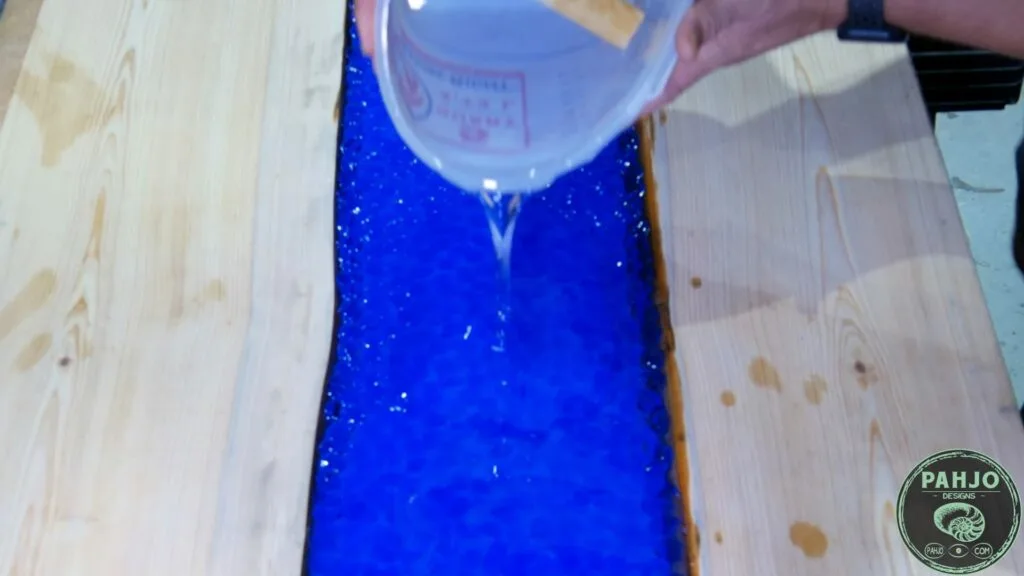
Conversely, coating resins should be applied in thin layers, typically no thicker than 1/8-inch per layer.

Popular Applications of Casting Resins
The most popular uses of casting resin includes epoxy river tables, resin art, and other casting projects.
Epoxy Resin River Tables
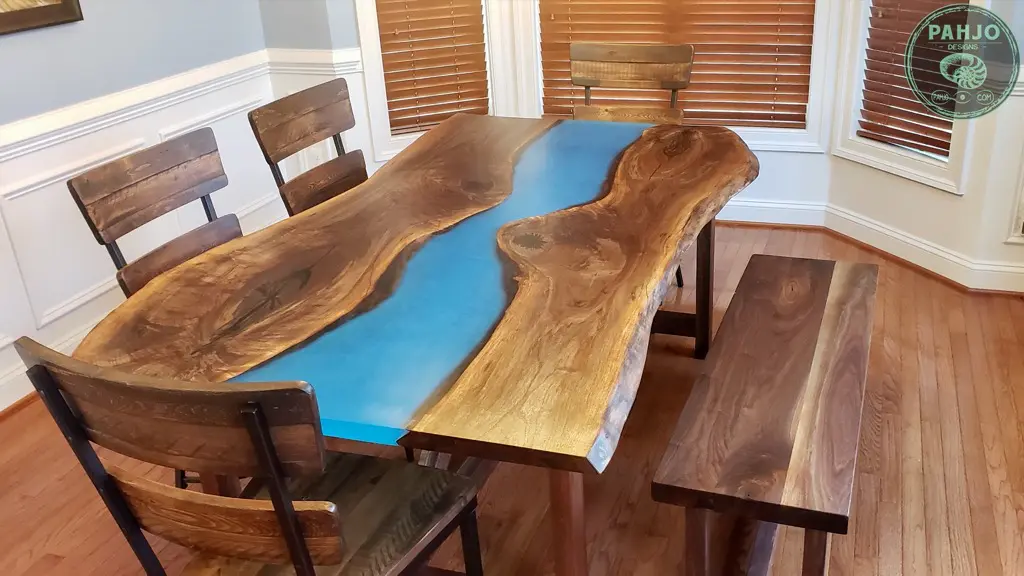
One of the most popular applications of casting resins is the creation of epoxy resin river tables.
These unique pieces of furniture typically feature a live edge slab of wood with a “river” of clear epoxy resin running through the center.
The deep pour capabilities of casting resins and longer cure time make them the perfect choice for this type of project.
Clear Casting Art Resin
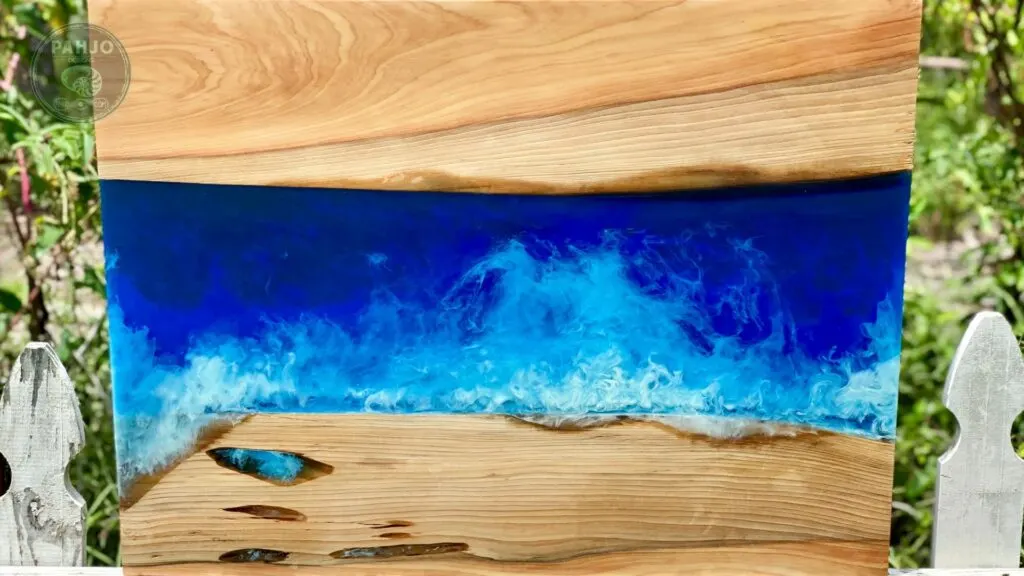
Casting resins are also commonly used by artists to create stunning resin art pieces.
The low viscosity, slow cure time, and longer working time allow for better control and manipulation of the resin.
This enables resin artists to achieve a wide range of effects, from intricate details to beautiful swirling patterns and even ocean waves.
Deep Pour Resin Projects

As previously mentioned, the primary strength of casting resins lies in their ability to be poured in thicker layers.
This makes them ideal for deep pours, such as creating sculptures, casting objects in resin, or filling large voids in wood or other materials.
Popular Applications of Coating Epoxy Resins
Coating resin has many applications such as a table top epoxy finish, resin canvas art and more.
Thin sealing coats
Coating resins are commonly used to apply thin sealing coats to various surfaces, such as wood, concrete, or metal.
These thin coats provide a clear coating protective barrier against moisture, UV rays, and other environmental factors, helping to preserve and enhance the appearance of the underlying material.
Table Top Epoxy
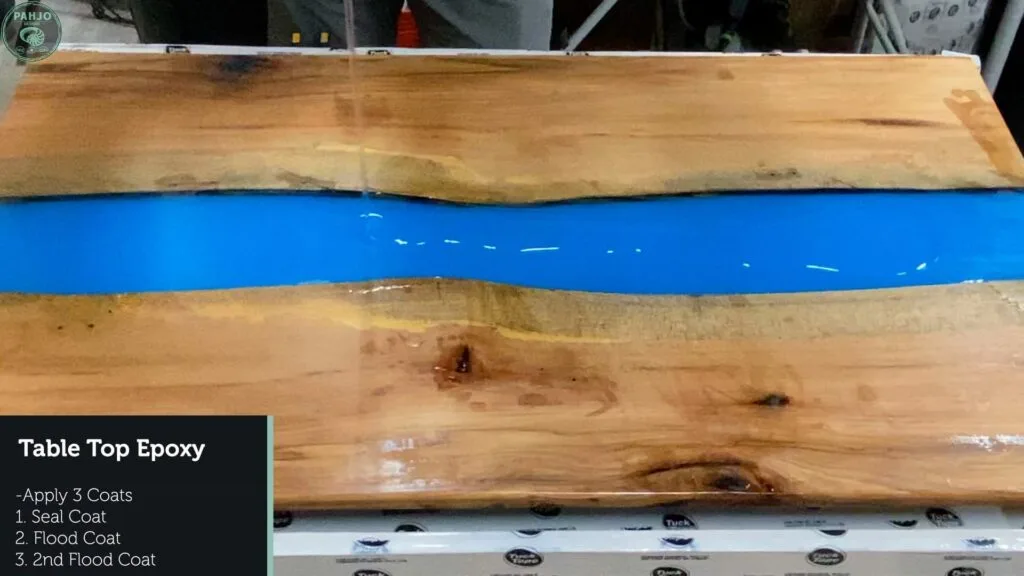
Another popular application of coating resins is using them as table top epoxy to produce a finished product.
This involves applying a thin coat of epoxy resin to the surface of a table, bar, or countertop, creating a durable, glossy finish that is resistant to scratching, staining, and everyday wear and tear.
Resin Paintings and Art
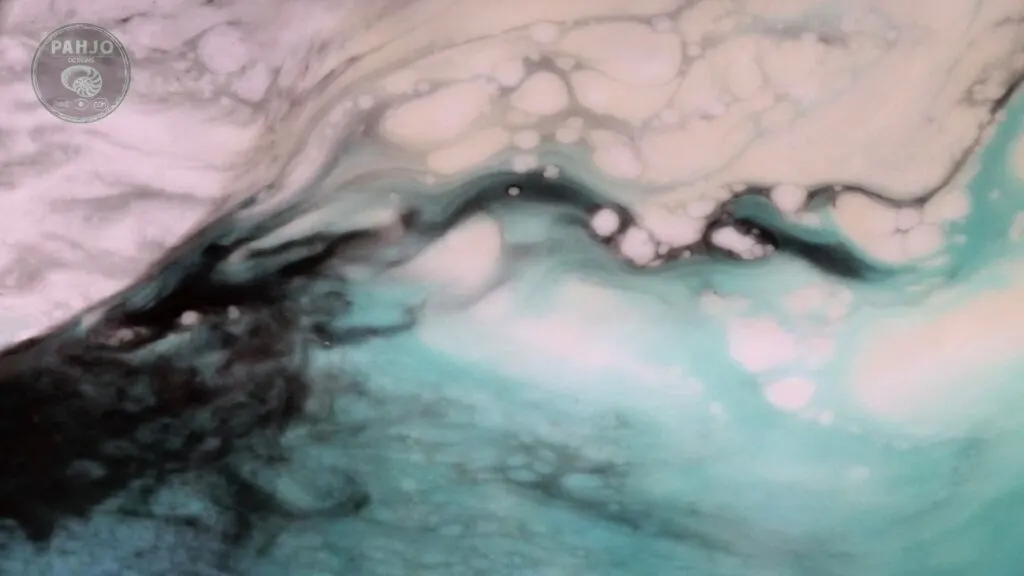
Artists use coating resins to create resin paintings and various epoxy art pieces.
The medium viscosity of coating resins allows for better control when applied to a flat surface, making them an excellent choice for creating intricate designs and vibrant, glossy finishes.

Factors to Consider When Choosing the Right Epoxy Resin
When choosing the right epoxy resin, there are several factors to consider.
These factors include intended use, curing time, viscosity, color, and UV resistance.
Before selecting an epoxy resin, it is crucial to consider the intended use and desired outcome of your project.
Casting resins work well for deep pour applications.
For example, creating epoxy river tables and large resin art pieces.
Coating resins are ideal for thin coats, sealing surfaces, and resin paintings.
Heat Resistance and Curing Process
Understanding the heat resistance and curing process of a specific epoxy resin is also essential.
More importantly, it impacts the success and safety of your project.
Casting resins generate less heat during the curing process, making them more suitable for deep pour applications.
Coating resins, on the other hand, generate more heat and cure more rapidly.
As a result, making them better suited for thin coats and sealing applications.
Clarity and Finish
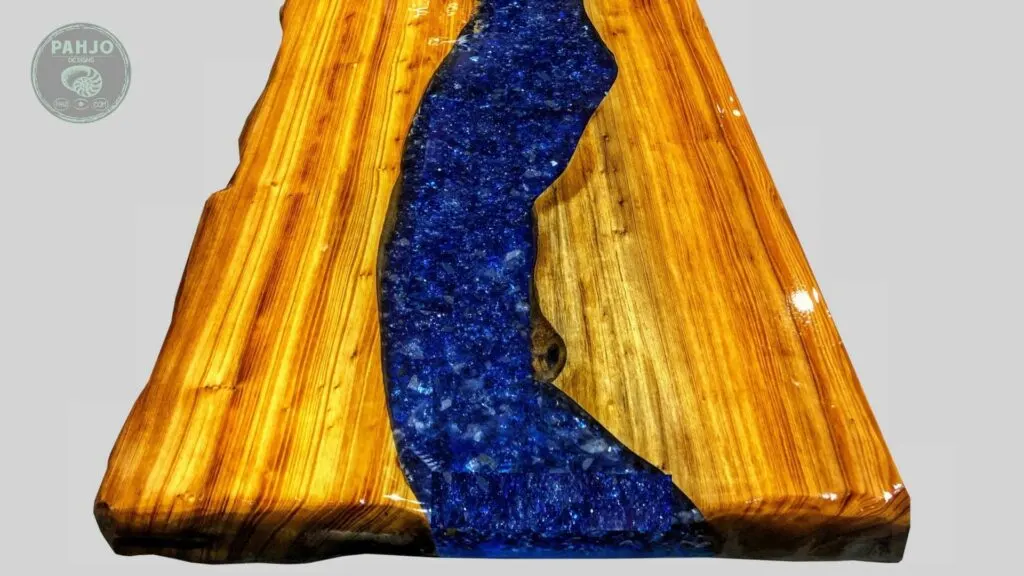
Lastly, consider the clarity and finish of the epoxy resin.
Some epoxy resins provide a crystal-clear, high-gloss finish.
Conversely, others produce a more epoxy matte finish.
Select a resin that aligns with your desired aesthetic and project requirements.
Other factors include the type of hardener, pot life, shelf life, and the mixing ratio.
You should also consider the surface preparation requirements, the level of durability required, and the temperature and humidity conditions during application.
Additionally, factor in the cost, availability, and environmental impact of the epoxy resin.
Ultimately, the right epoxy resin should meet your specific needs and requirements for your project.
Tips and Tricks for Working with Different Types of Epoxy Resins
Working with epoxy resins can be a rewarding and enjoyable experience, but it also requires careful planning, preparation, and attention to detail.
Here are some tips and tricks for working with different types of epoxy resins:
- Always read and follow the manufacturer’s instructions for mixing, application, and curing times.
- Choose the appropriate type of epoxy resin for your project, taking into consideration factors such as pour thickness, curing process, and desired finish.
- Work in a well-ventilated area, and use appropriate personal protective equipment, such as gloves and safety glasses.
- Ensure your work surface is level and properly prepared before pouring or applying epoxy resin.
- Use a heat gun or torch to remove bubbles from the surface of the epoxy resin during application.
Industrial Applications of Casting and Coating resins
In addition to their popular use in artistic and DIY projects, casting and coating resins also play a vital role in various industrial purposes and industrial processes.
Casting resins uses include the manufacturing of molds, prototypes, and electrical components.
Coating resins provide protective coating surface applications for automotive, marine, and aerospace components.
Polyester Resin
Polyester resin, a synthetic polymer, is most commonly that used as a thermosetting plastic.
Polymerizing a liquid unsaturated polyester with a dissolved catalyst creates polyester resin.
The resulting material is a hard, durable plastic that is resistant to moisture, chemicals, and heat.
Polyester resin common uses include the manufacturing of automotive parts, boat building, sports equipment, pipes, electrical insulation, and other industrial applications.
It is also used as a binder in the production of composite materials, such as fiberglass, and in the construction industry as an adhesive and sealant.
Choosing the Best Epoxy Resin for Your Project
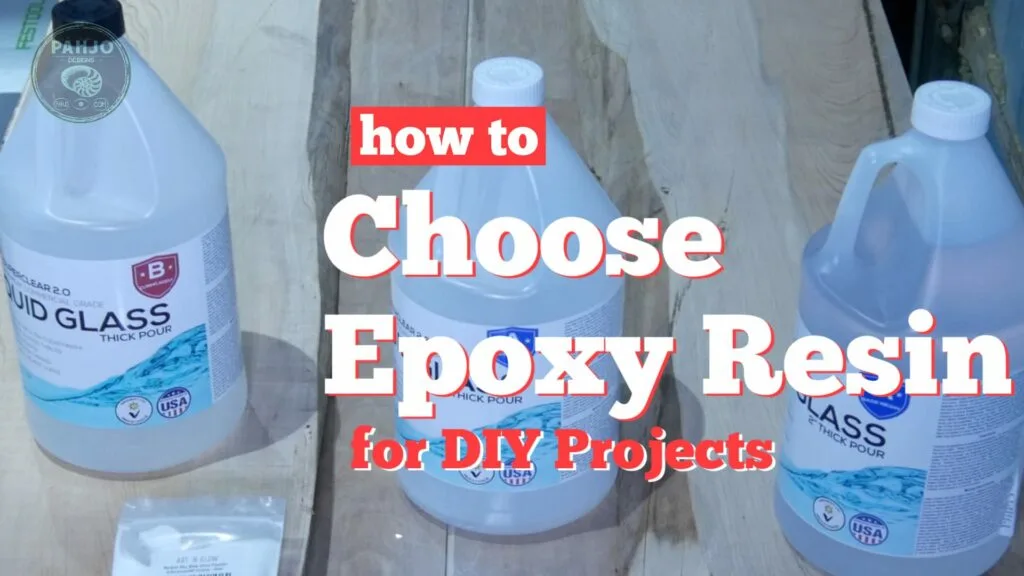
The answer to this question depends on your specific project.
If you are creating small objects, such as jewelry or figurines, then casting resin is the better choice.
Its low viscosity makes it ideal for filling molds and creating intricate details.
If you are coating a surface, such as a table or countertop, then coating resin is the better choice.
Its higher viscosity makes it ideal for creating a thick, glossy finish.
Furthermore, the glossy finish resists scratches and other forms of damage.
Also, coating resin works well for small objects, but casting resin does not work well for coating surfaces.
This is because casting resin is not as thick as coating resin.
Therefore, will not provide the same level of protection.
Conclusion
Choosing the right epoxy resin for your project is essential to achieving a successful outcome.
By understanding the key differences between casting and coating resins, their popular applications, and the factors to consider when selecting a resin, you can make an informed decision that best suits your needs.
Whether you’re creating an eye-catching river table, sealing a wooden surface, or engaging in a complex industrial application, epoxy resins offer a versatile and durable solution for a wide range of projects.
